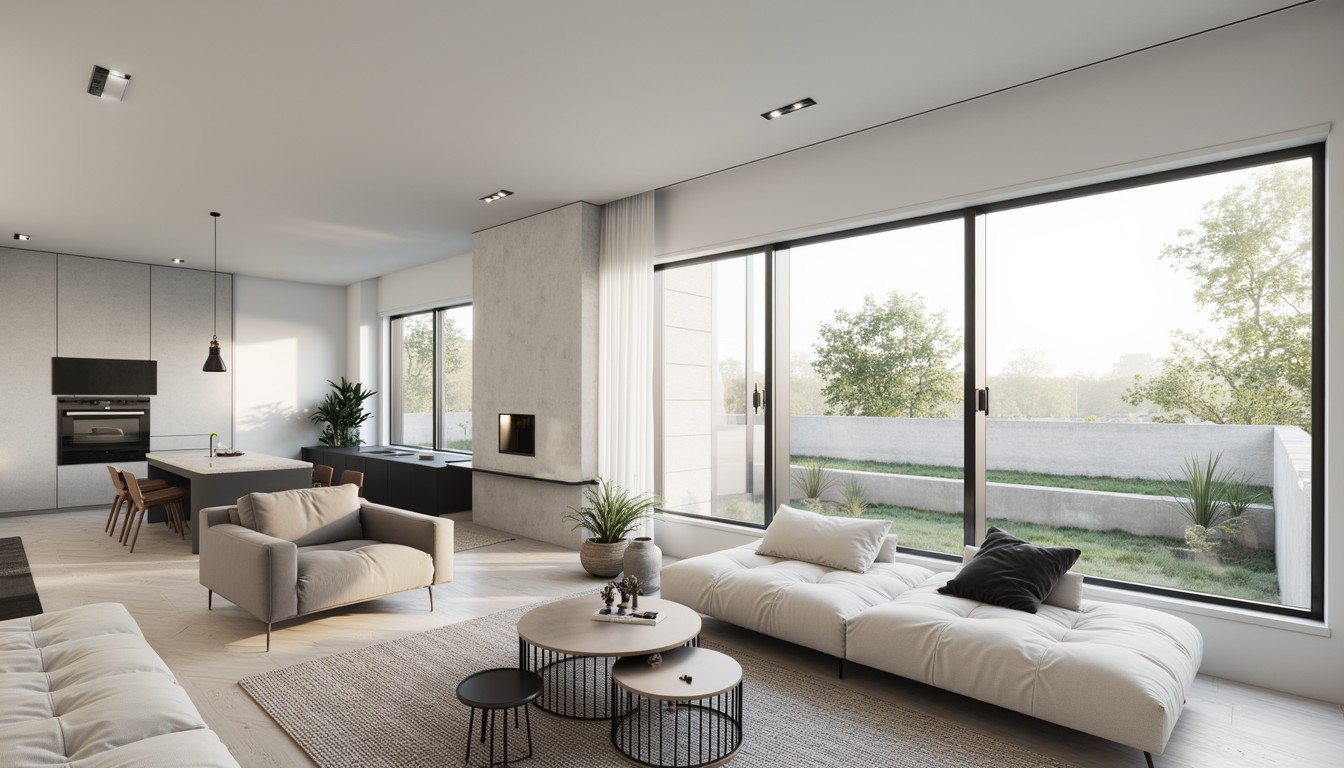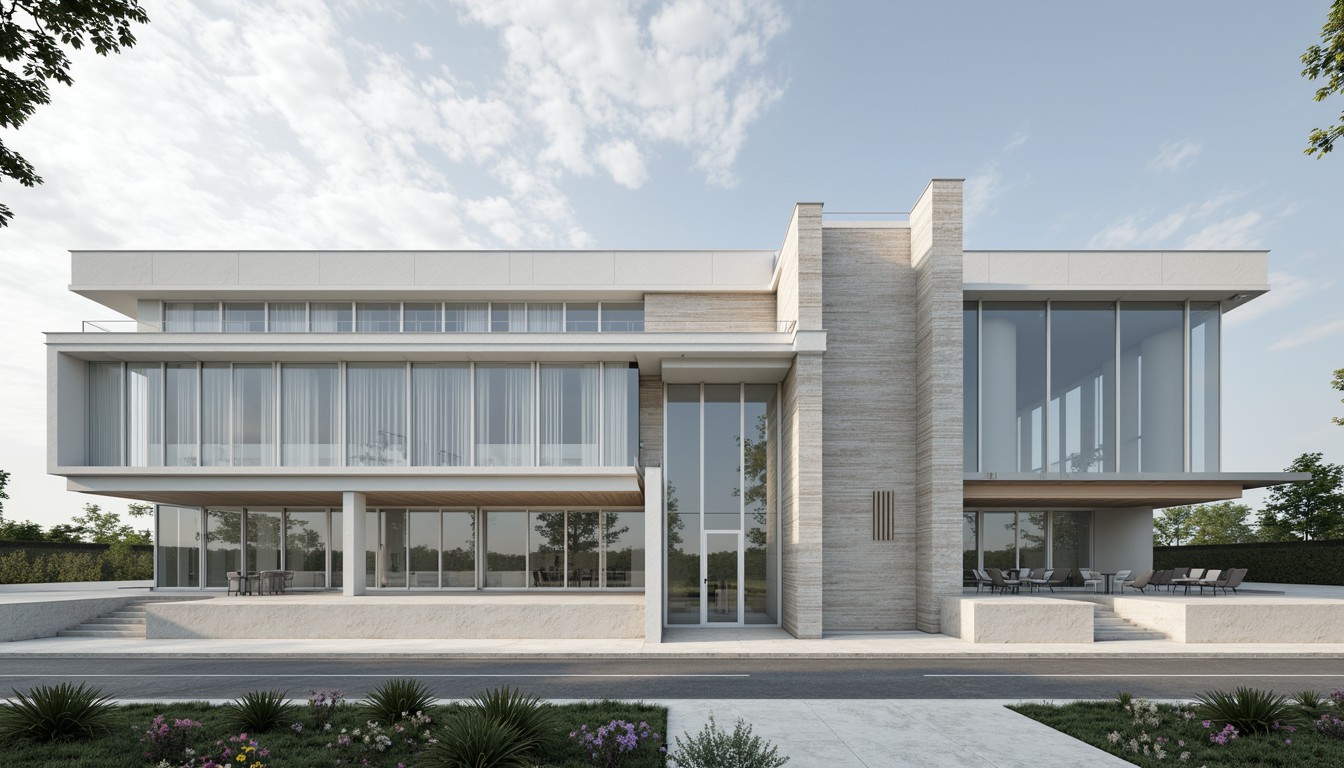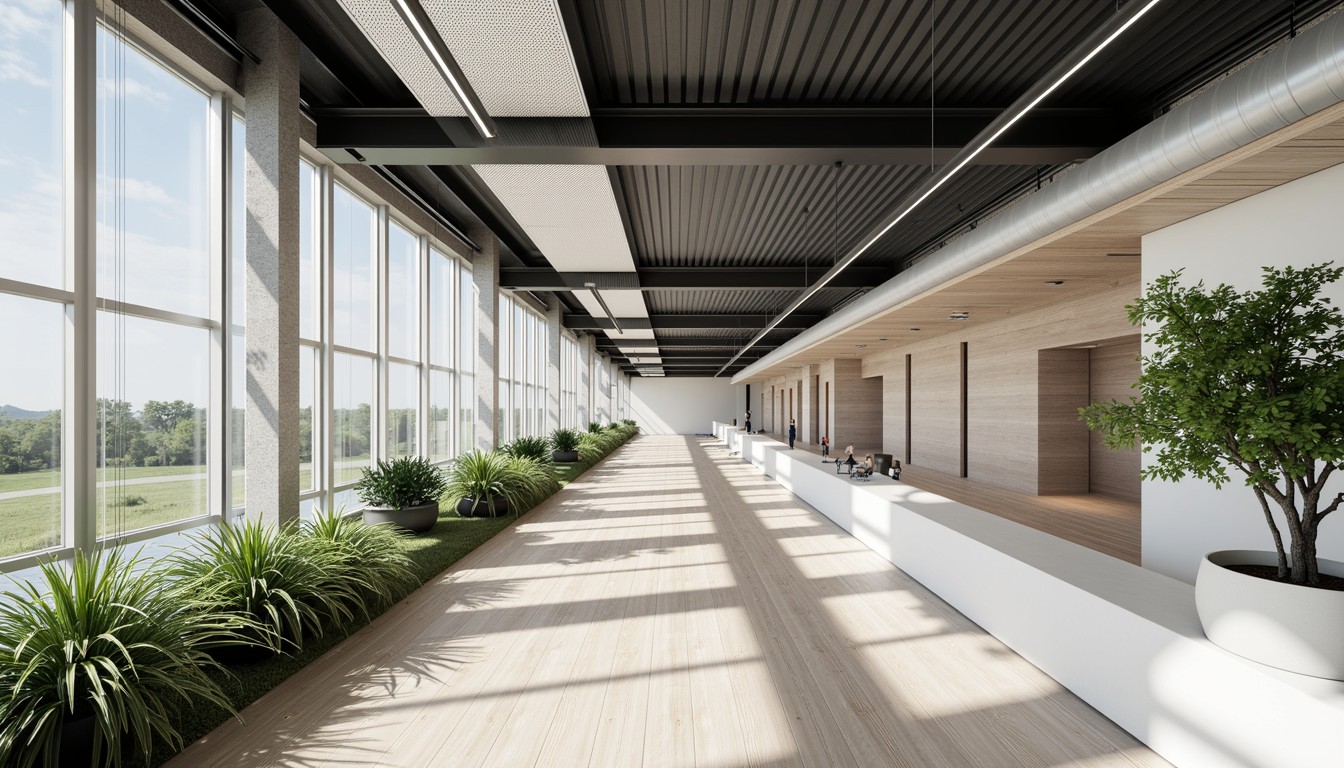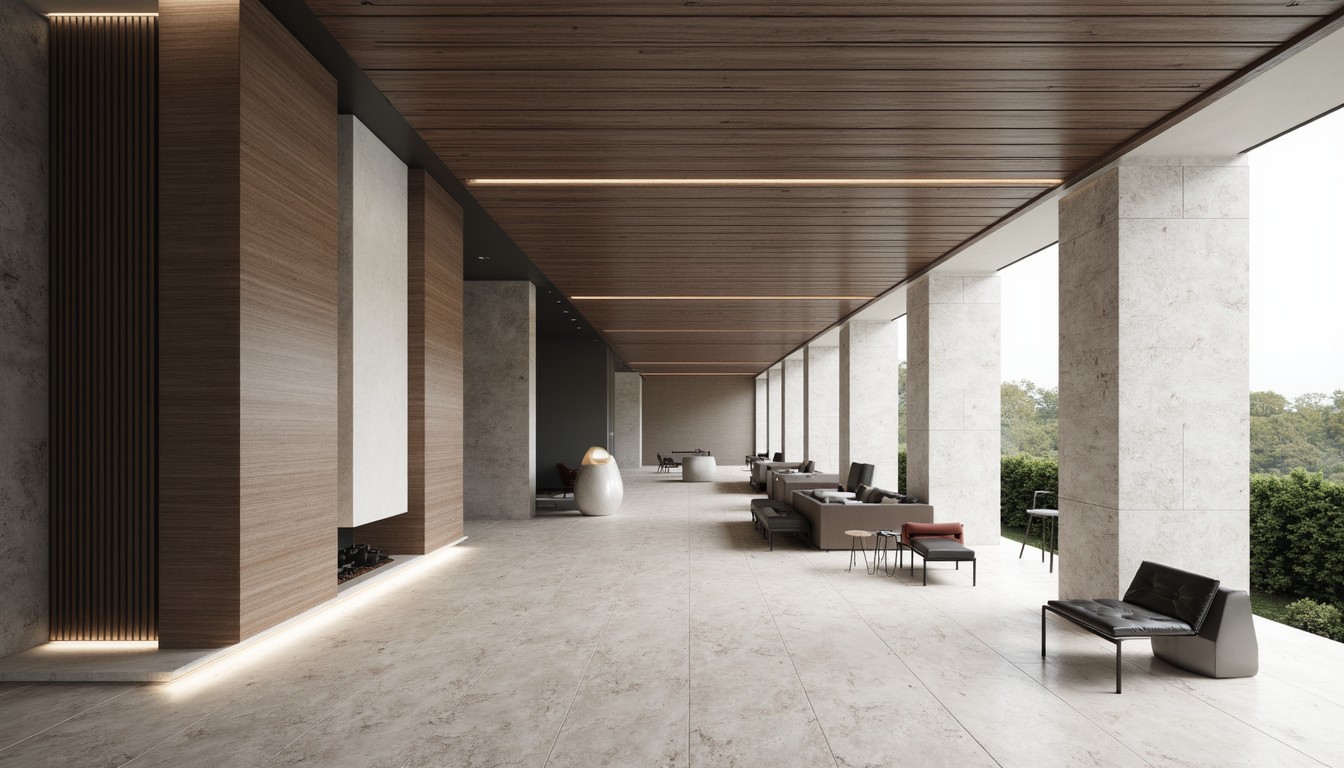AI Space Planning: A Design Revolution
The architectural landscape is undergoing a significant transformation, driven by the integration of Artificial Intelligence (AI). No longer a futuristic concept, AI is actively reshaping how architects and designers approach space planning, offering unprecedented levels of efficiency, creativity, and precision. At ArchNav, we're at the forefront of this revolution, leveraging AI to deliver stunning and functional visualizations that redefine the possibilities of architectural design.
Understanding AI's Role in Space Planning

Traditional space planning relies heavily on manual processes, often involving countless iterations of floor plans, 3D models, and client consultations. This can be time-consuming, prone to errors, and may not always explore the full potential of a given space. AI-powered space planning tools automate many of these tasks, offering several key advantages:
- Automated Layout Generation: AI algorithms can generate multiple floor plan options based on specified parameters like room sizes, functionalities, and building codes. This significantly reduces the time spent on initial design iterations.
- Optimization for Functionality and Flow: AI can analyze the proposed layouts to optimize traffic flow, accessibility, and the overall functionality of the space. It can identify potential bottlenecks or inefficiencies that might be missed by human designers.
- Data-Driven Insights: AI can analyze vast datasets of architectural designs, building codes, and client preferences to identify design trends and best practices. This data-driven approach can lead to more innovative and effective solutions.
- Improved Collaboration: AI-powered platforms facilitate seamless collaboration between architects, designers, and clients. Real-time feedback and iterative design adjustments can be made effortlessly.
- Enhanced Visualization: AI can enhance the visualization process by creating photorealistic renderings and virtual tours, allowing clients to experience the design before construction begins.
Real-World Applications of AI in Space Planning

The applications of AI in space planning are diverse and span various sectors. Here are some notable examples:
Residential Design:
AI can help create personalized home layouts that cater to individual needs and preferences. By considering factors like family size, lifestyle, and budget, AI can generate optimal designs that maximize space utilization and enhance livability.
Commercial Spaces:
In commercial settings, AI can optimize retail layouts for maximum customer flow and product visibility. It can also analyze data on foot traffic patterns to suggest strategic placement of displays and amenities.
Healthcare Facilities:
AI can assist in designing efficient and patient-centric healthcare facilities. By considering factors like infection control, accessibility, and workflow optimization, AI can contribute to the creation of safer and more functional healthcare environments.
Educational Institutions:
AI can be used to design educational spaces that promote collaboration, learning, and well-being. By analyzing data on student behavior and learning patterns, AI can suggest optimal classroom layouts and learning environments.
Challenges and Considerations
While AI offers tremendous potential, it's crucial to acknowledge some challenges:
- Data Dependency: AI algorithms require large amounts of high-quality data to function effectively. The availability and accuracy of this data can be a limiting factor.
- Computational Resources: Running complex AI models requires significant computational power, which can be expensive.
- Ethical Considerations: Ensuring fairness, transparency, and accountability in AI-driven design processes is critical. Bias in training data can lead to biased design outcomes.
- Human Oversight: While AI can automate many tasks, human expertise remains essential for creative problem-solving, critical thinking, and ethical decision-making. AI should be viewed as a tool to augment, not replace, human designers.
ArchNav: Leading the AI Revolution in Architectural Visualization

At ArchNav, we embrace the transformative power of AI to deliver exceptional architectural visualization services. Our team of expert architects and AI specialists utilizes cutting-edge technologies to create stunning, accurate, and efficient visualizations. We seamlessly integrate AI into our design process, enhancing our ability to understand client needs, optimize designs, and deliver exceptional results. Our AI-powered solutions provide:
- Faster Turnaround Times: AI accelerates the design process, allowing us to deliver projects more quickly.
- Cost-Effective Solutions: Our AI-powered tools help optimize resource allocation, reducing overall project costs.
- Enhanced Creativity: AI unlocks new creative possibilities, allowing us to explore unconventional designs and solutions.
- Improved Client Collaboration: Our AI-powered platforms facilitate seamless communication and collaboration with our clients.
Conclusion
AI is revolutionizing space planning, offering architects and designers unprecedented opportunities to create innovative and functional designs. By embracing AI technologies, we can streamline workflows, optimize designs, and push the boundaries of architectural creativity. ArchNav is committed to leading this revolution, leveraging the power of AI to deliver exceptional architectural visualization services that meet the evolving needs of our clients. Contact us today to learn how we can help you transform your design process with the power of AI.
